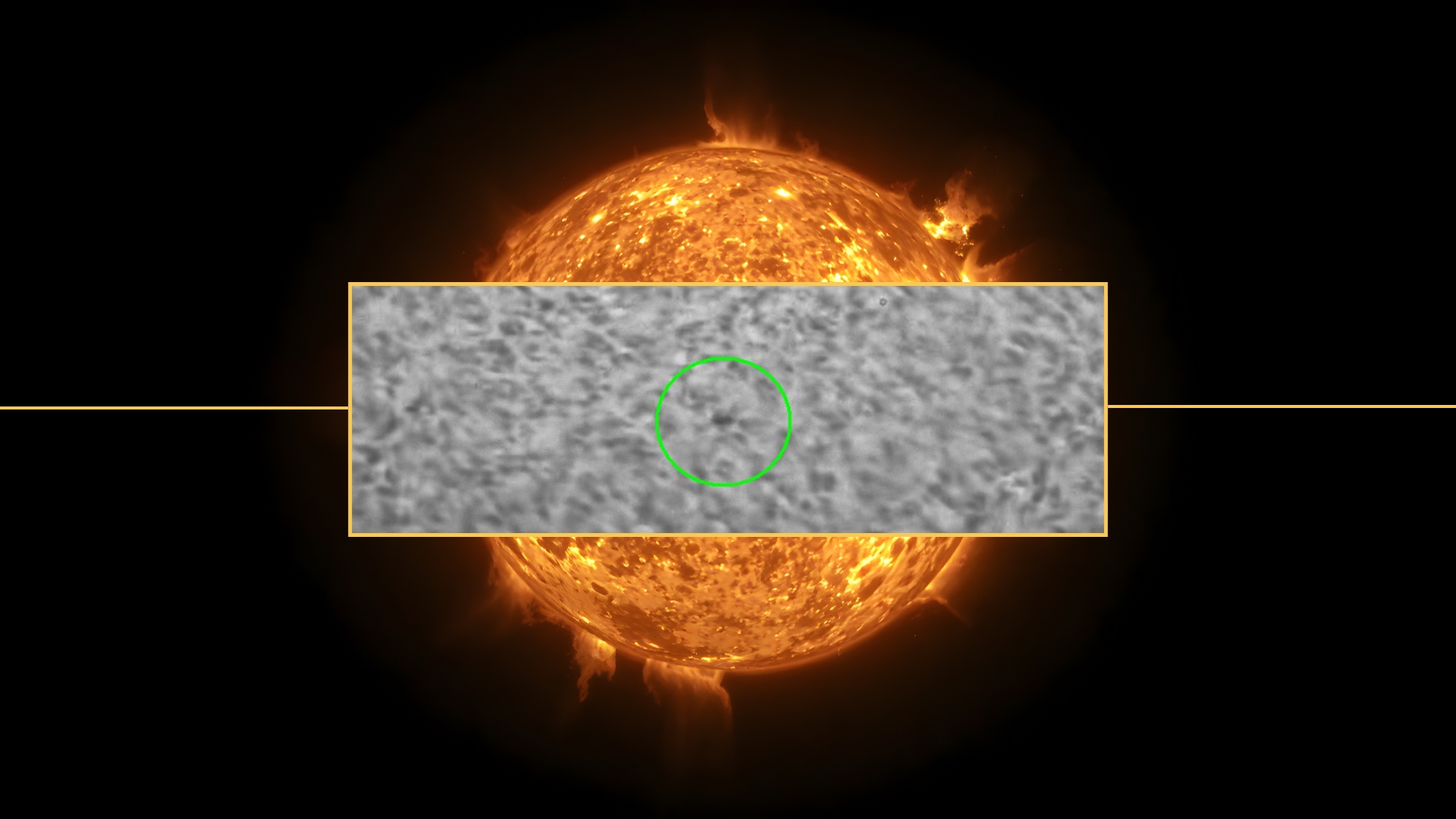What Will Aliens Really Look Like?
Accordingto Genesis 1:27, ?God created man in His own image.?? OK, but what about allthe other intelligent, cosmic inhabitants?? Well, Hollywood has takencare of that. It has created aliens in man?s image.
It?s hardlya major revelation to point out that most movie aliens bear a strong likenessto humans. Typically, they have well defined heads, and two of everything elseof note: eyes, nostrils, arms and ambulating legs. They?re stronglyanthropomorphic, and if some of these hairless little louts moved into yourneighborhood, you?d probably get around to inviting them to dinner.
Aliens thatresemble us are convenient forstorytelling, because you already know how to read their intentions. Theirbehavioral cues are familiar, and you can tell if their game plan is to beamorous or aggressive. (In most movies, these are their only options.)
But isthere reason to think that actualaliens, from a star system a thousand light-years away, would be similar inappearance to the evolved apes that we now call Homo sapiens? Somescientists, such as Cambridge University paleontologist Simon Conway Morris,think there is.? After all, there?s a phenomenon in nature known as convergentevolution. It?s the tendency of evolutionary processes to find similar solutionsto any given environmental challenge. For instance, if you?re a predator whose existencedepends on catching lunch day after day, you probably have two eyes withoverlapping fields of view. Stereo vision is a real plus for pouncing on prey.?
Similarly,for marine creatures that have a need for speed, the laws of hydrodynamicsfavor being long, thin, and oh-so-streamlined. Convergent evolution has ensuredthat barracudas are shaped like dolphins, even though the former are fish andthe latter are mammals. Being built like a torpedo just works better.
Thismechanism is often invoked by sci-fi writers as a convenient explanation forwhy so many of their alien protagonists resemble earthlings brushed with batteryacid. (Even the language - ?convergent evolution? - which is so ponderously Latinate,bespeaks academic merit and scientific plausibility.)
As a consequence,it?s possible that a hominid shape is the best body plan for sentient beings onany world, and no doubt Tinseltown would be pleased to learn that its rubber-suitaliens are good approximations to the real thing. But I?ll bet you dollars to DevilDogs that any extraterrestrials we detect won?t be muscular guys with deepvoices and corrugated foreheads, or even big-eyed, hairless grays. And that?snot because suchcreatures couldn?t exist. Rather, it?s because of the timescale fornon-biological evolution.
Breaking space news, the latest updates on rocket launches, skywatching events and more!
Here?s thedeal: it?s widely believed that aliens are out there. But proof requires thefollowing: Either aliens need to visit Earth (don?t start!) or we need to detectthem with our telescopes - for example, in one of our SETI experiments. Ineither case, we?re dealing with beings whose technological level is beyondours. That should be obvious because, after all, we?re not yet at the pointwhere we can engage in interstellar travel. And as for getting in touch viasignals, well we?re not blasting continuous, powerful transmissions to lots andlots of other worlds. We don?t have either the money or the equipment. Maybesomeday.
In fact, nomatter how we find them - in the backyard, on the radio, or through ourtelescopes - any detected aliens will be at least a century beyond us. Morelikely, a millennium or more.
OK. But ifthey?re beyond our technical level, what can we say about their appearance? Well,using our own experience as a guide, consider a human development that seemslikely to take place sometime in the 21st century: we?ll invent machineintelligence. Some futurists figure this dismaying development will takeplace before 2050. Maybe it will take twice that long. It doesn?t matter. By2100, our descendants will note that this was the century in which we spawnedour successors.
So here?sthe point: Since any aliens we detect are ahead of us, they?ve already donethis; they?ve made the transition from biological to engineered intelligence,and left behind the quaint paradigm of spongy brains sloshing in salt water.
In otherwords, and despite what ?The X-Files? would have you believe, the sort of humanoid,fleshy aliens that routinely populate fiction are very unlikely to be the typewe will discover. Instead, they?ll be machines.? Dollars to Devil Dogs.
All ofwhich reminds me: the next time your neighbor claims that extraterrestrialshave once again hauled him out of his bedroom for distastefulexperiments, ask whether the abductor was a protoplasmic being with fourlimbs, or some sort of complex hardware.? I think I already know what theanswer will be, and it?s the wrong one.
SethShostak?s latest book is ?Confessions of an Alien Hunter?
- SPACE.com Special Report - THE MOON: Then, Now, Next
- Video - Reflections on Fermi's Paradox
- 10 Alien Encounters Debunked

Seth Shostak is an astronomer at the SETI (Search for Extraterrestrial Intelligence) Institute in Mountain View, California, who places a high priority on communicating science to the public. In addition to his many academic papers, Seth has published hundreds of popular science articles, and not just for Space.com; he makes regular contributions to NBC News MACH, for example. Seth has also co-authored a college textbook on astrobiology and written three popular science books on SETI, including "Confessions of an Alien Hunter" (National Geographic, 2009). In addition, Seth ahosts the SETI Institute's weekly radio show, "Big Picture Science."
